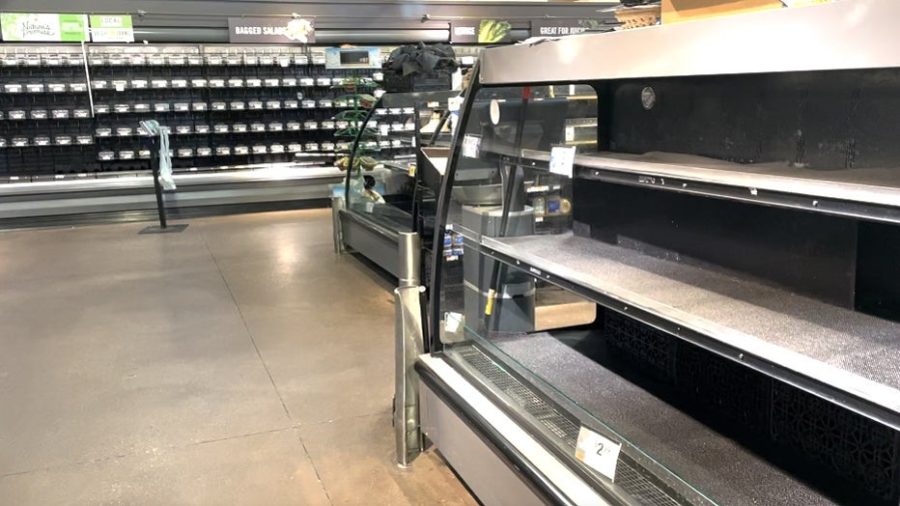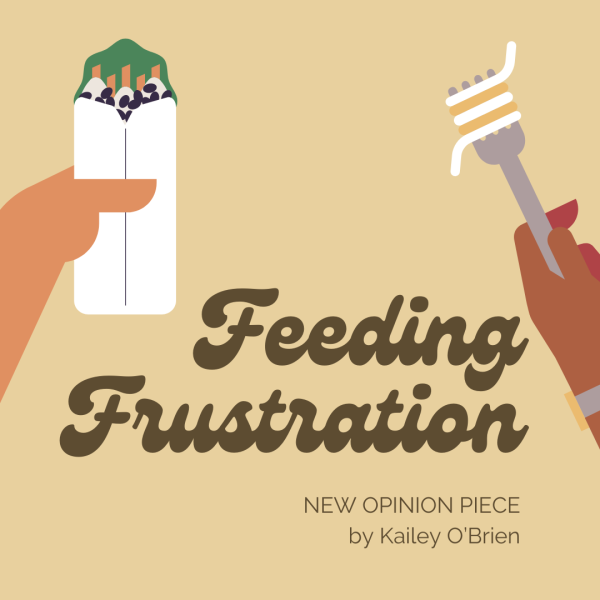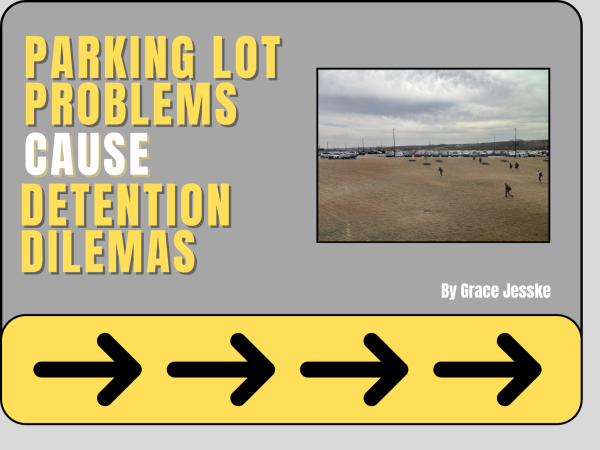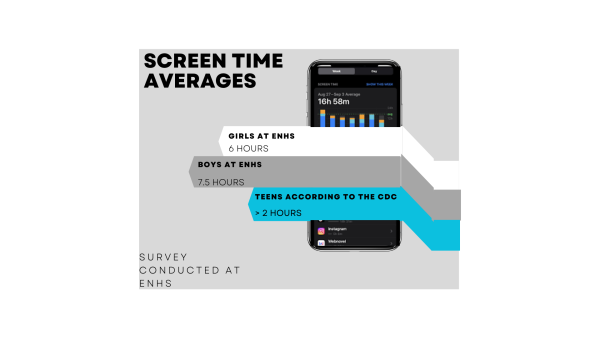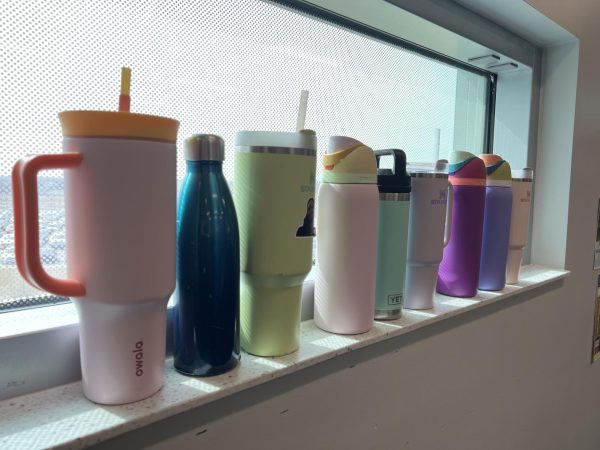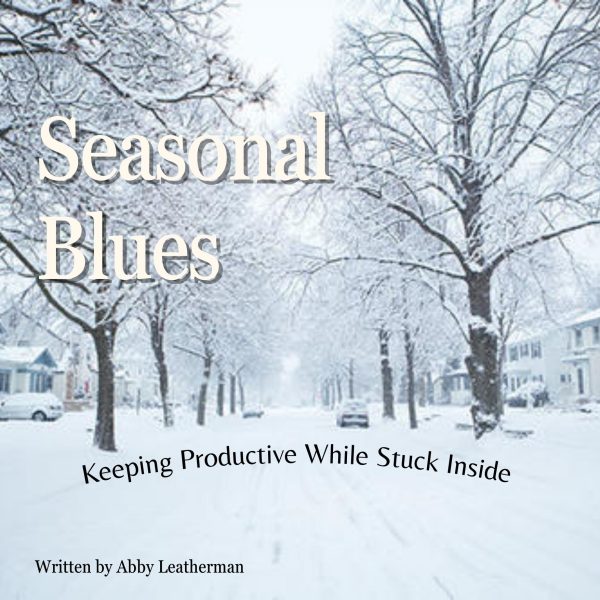The Food Shortages Across the Nation
With winter weather and Covid-19 cases on the rise, many grocery stores are experiencing empty shelves in which are making many families concerned.
Shelves emptied, packages undelivered, and pantries awaiting to be filled. Grocery stores around the country are looking less and less filled by the day. With bad weather and an unstoppable virus, food is being prevented from getting to the places that really matter.
Many families that are experiencing food shortages are continuously being affected every day. With low temperatures and blizzard-like storms, grocery stories have been left waiting for shipments of food to arrive. Demand for food is not meeting the requirements needed from most stores, frustrating many employees and families across the country.
One major factor leading to a shortage of food is the pandemic. Covid-19 not only had affects mentally, physically, and socially but also economically. With many stores facing a loss of food it leaves them no choice but to raise the prices of their food currently in stock in order to receive a profit.
Covid-19 has not only caused build ups at ports but also limitations of truck drivers. Truck drivers are a crucial part in delivering food and exports to the designated area and without them food wouldn’t arrive at all.
The coronavirus
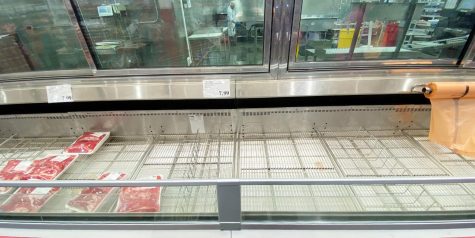
also resulted in the closure of workplaces, factories, and restricted air travel. Preventing the spread of Covid-19 in factories is definitely a difficult thing to do because of having to clean excessively, manage workers, and constantly screen employees.
Americans are eating more and more at home due to bad road conditions or offices and schools having to be closed due to the Covid-19 pandemic. Many people who witness product inability normally force themselves to stock up on food more than usual. Panic buying is then caused by the sudden fear that many shoppers face as food is emptied from shelves every day.
Many stores have since set limitations on the amount of food a person can buy. One example of this is Costco. Costco has set limits on the amount of toilet paper, cleaning supplies, and water a single person can buy.
A lot of this is due to demand by consumers and Costco is preventing overstocking on some items due to more and more people needing these essential items. Some solutions to help prevent more food shortages in the future include dietary patterns, reward structures, and public policy.
With meat being a main necessity in many people’s diets in the US, setting some limitations on the amount of meat a person can consume will help benefit everyone by making more available to others. Dietary patterns help with distributing more meat and other products to more and more people rather than those who buy too much of it.
Public policy is another solution because it limits the amount of food a person can buy in a single trip to the grocery store. This will result in others being able to buy food rather than having to wait for more shipments to arrive. It also prevents people from panic buying during a major shortage of food which is occurring.
Food shortages in the US threaten consumers’ availability to certain foods. Using methods such as panic buying do not provide any comfort in knowing when someone’s next meal will occur. Using practices such as dietary patterns and public policy will help evade food shortages in the near future.
Your donation will support the student journalists of Elkhorn North High School. Your contribution will allow us to purchase equipment and cover our annual website hosting costs.


